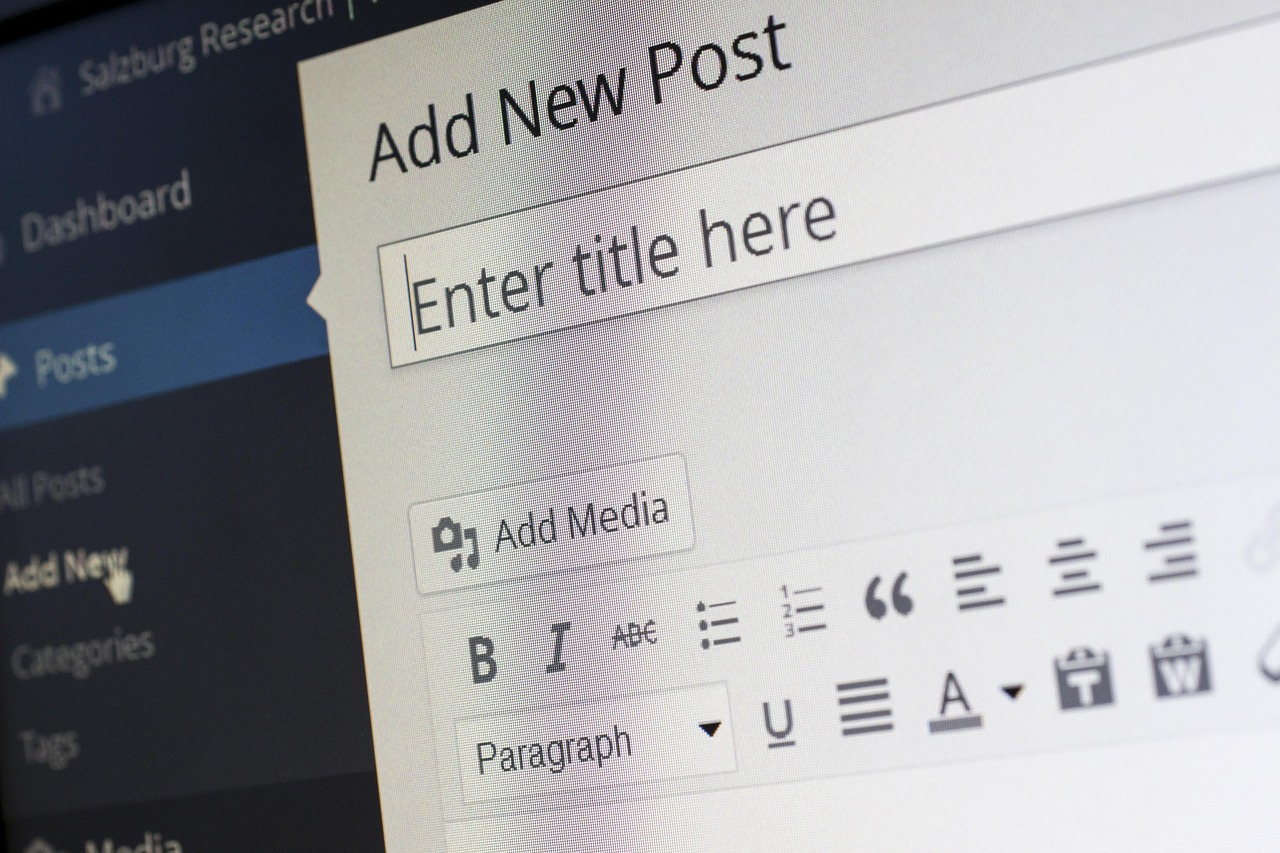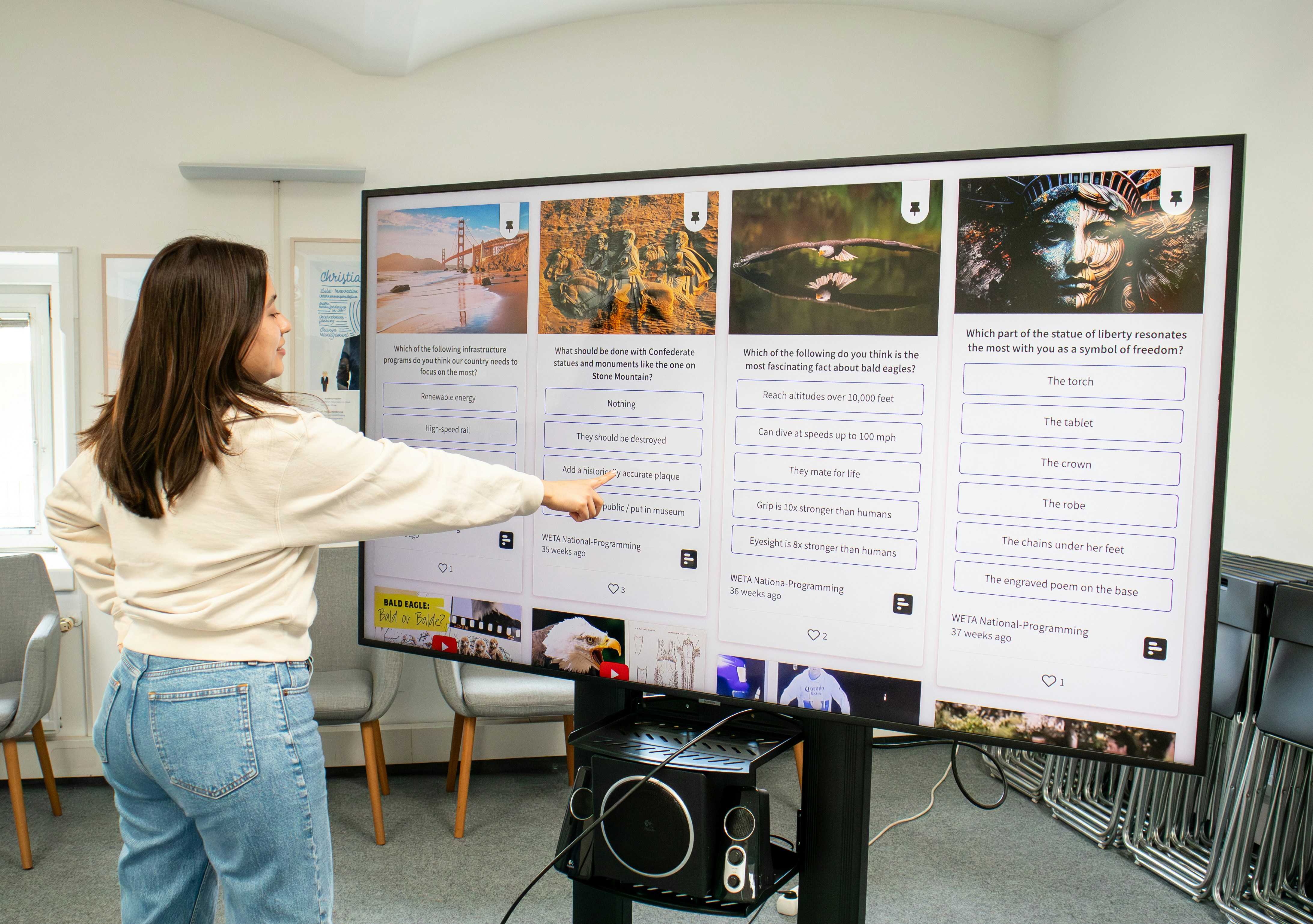Start with the why
Before picking a colour scheme or writing the homepage text, take a step back and ask:
Why are we building this site, and who is it for?
Not all project websites need to serve the same purpose. While most act as a hub for communication and dissemination, sharing project results in a clear and accessible format, some might have a specific focus on supporting stakeholder engagement or public participation, hosting educational or training resources, or providing access to tools and data.
The more clearly you define your website’s role in the broader communication strategy, the easier it becomes to make smart decisions about its structure, content, and functionalities.
In some cases, a standalone website may not even be necessary. Depending on your goals, visibility needs, and resources, creating a dedicated subpage within your organisation’s website could be more effective, especially if your site already attracts the right audience.
note
Design for real audiences
In your proposal, you’ve probably identified specific target audiences. Your website should reflect that same clarity. A policymaker, a high school teacher, a researcher, and a curious citizen will not be looking for the same thing, nor will they have the patience to hunt for it. Tailor content and navigation to meet their needs quickly and clearly, whether that’s access to policy briefs, educational materials, project results, or stories behind the research. The clearer and more intuitive your structure is, the more likely people are to stay and return.
The INSPIRE project website offers a thoughtful approach to this, with clearly defined sections for different target groups and content tailored to their interests. It’s a useful reference if you’re looking to build a site that speaks directly to its audiences without overwhelming them.
Content that actually works
It’s easy to fill a website with official texts, but that doesn’t mean anyone will read them.
Make sure your content is:
-
Clear, avoid internal and EU-jargon
-
Concise, nobody wants to scroll through a wall of text
-
Visual, use infographics, photos, short videos or icons to break things up
-
Human, show the people behind the project; include quotes, blogs, or interviews
Don't just post deliverables and reports but explain what they mean. What have you discovered? What’s the relevance? Who should care? And why?
Also, if your project involves fieldwork, labs, or testing pilots, share it. Behind-the-scenes photos, short researcher diaries, or field notes can make your work more relatable and memorable.
Keep it alive
Too many project websites go live… and then freeze.
To avoid digital decay:
-
Set up a content calendar: even one post per months helps
-
Share regular updates: news, milestones, events, early results
-
Highlight partners’ work: guest posts or cross-promotion help keep things dynamic
-
Post content that’s useful beyond the project lifetime: toolkits, datasets, recommendations
Even short formats like Q&A posts, photo galleries from events, or a roundup of publications can go a long way in keeping the website relevant throughout the project’s lifecycle.
Built in analytics, SEO and KPIs from the start
If you’re reporting on communication KPIs, your website is a key channel, so track it properly. Use tools like Google Analytics (or Matomo for more GDPR-friendly options) and SEO basics to make sure your content is findable (titles, meta descriptions, keywords).
Key metrics to monitor include total visits and unique visitors, traffic sources (social media, organic search, referrals), engagement with specific content types (downloads, video views, time spent), and geography and demographics of visitors. This isn’t just useful for reporting; it also helps you adjust your strategy based on real data and performance.
Your project website checklist
Whether you're planning a new website or looking to improve an existing one, this checklist can help you reflect on how well your site supports your project’s goals and engages its audiences
-
Is the purpose of the website clearly defined?
-
Are there sections tailored to different audiences?
-
Does the site reflect your project’s tone and values?
-
Is the content readable, visual, and regularly updated?
-
Are results and outcomes easy to find and understand?
-
Is there a plan for keeping it alive throughout the project lifecycle?
-
Are you tracking visits, engagement, and feedback?
-
Will anything remain useful after the project ends?
If you’ve ticked most of the boxes, well done! If not, now’s the perfect time to rethink and adapt.
A Horizon Europe project website should be more than a formal tool. Done right, it’s a dynamic, long-term platform that brings your research closer to the people it’s meant to serve, whether that’s citizens, stakeholders, policymakers, or future collaborators. So, start early, keep it simple, and stay curious about how your content is used. A good website won’t just show what your project does; it will help amplify what it means.





